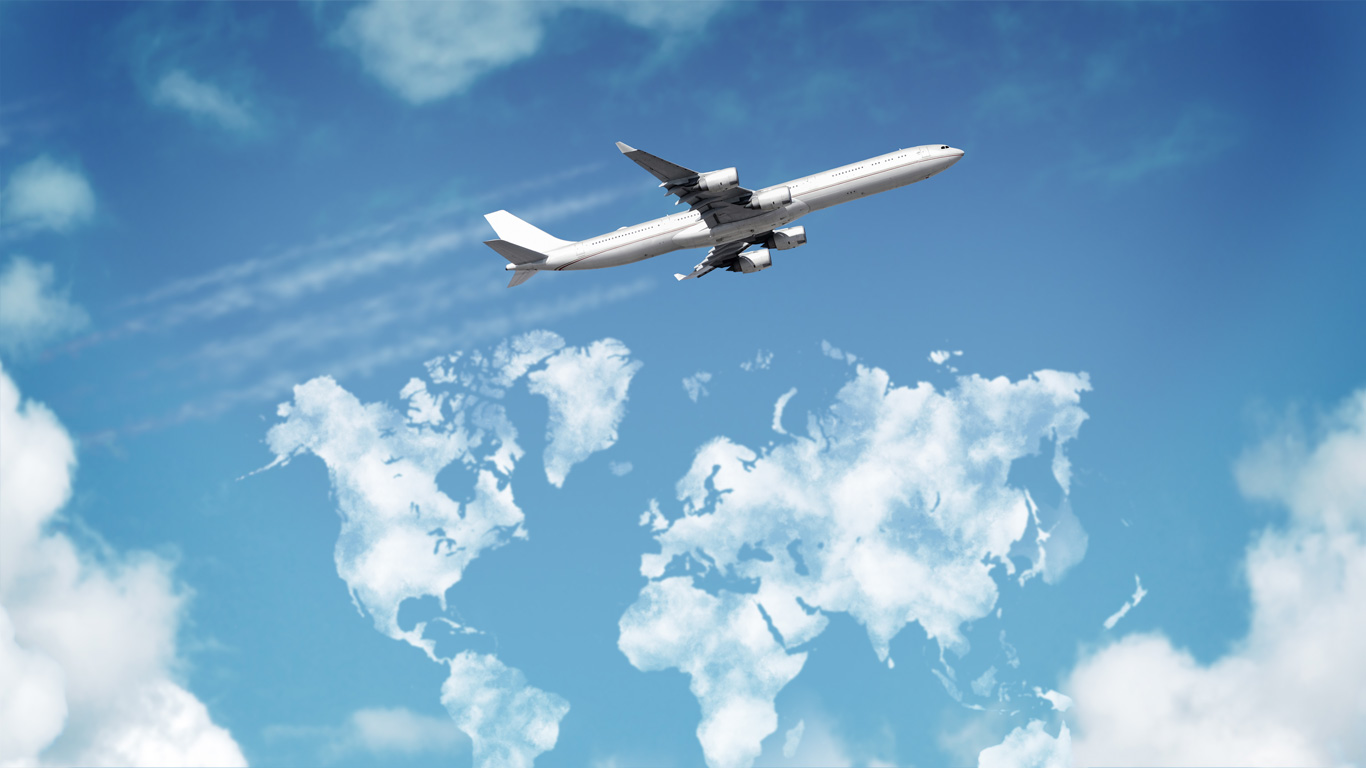
The Canadian airline industry continues to experience turbulence from the COVID-19 pandemic, the biggest shock to aviation in history. Indeed, the pandemic hit the industry harder than any prior disruptions, including the terrorist events of September 11, 2001; the 2003 SARS outbreak; and the global financial crisis of 2008 and 2009.
Large airlines carried 24.7 million passengers in 2020, 28.9% of the 85.5 million transported in 2019. In fact, these carriers flew more passengers in the first two months of 2020 alone (January and February) than in the rest of the year combined (March to December).
In 2020, there were 3.8 million total aircraft movements, down sharply from 5.9 million in 2019. As a result of COVID-19, air traffic plummeted to its lowest point in April 2020, following the closure of borders and the introduction of travel restrictions in late March to curb the spread of the virus. Boundary Bay in British Columbia was Canada’s busiest airport in 2020, taking the place of Toronto/Lester B. Pearson, which had held the top spot since 1983.
Data for 2021 will be published tomorrow in The Daily as part of the annual reviews from the “Monthly civil aviation statistics” and “Aircraft movement statistics: Major airports” programs.
Contact information
For more information, contact the Statistical Information Service (toll-free 1-800-263-1136; 514-283-8300; infostats@statcan.gc.ca) or Media Relations (statcan.mediahotline-ligneinfomedias.statcan@statcan.gc.ca).
